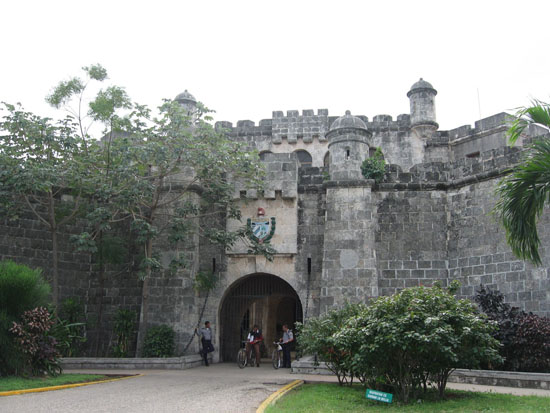

It was the during the nearly 400-year colonial period that the core of the city was built in the Spanish colonial style.

The urban landscape clearly reflects elements of each of these periods. The history of Havana spans three basic periods: the Spanish colonial period from 1519 to 1898 the American neocolonial period from 1898 to 1959 and the revolutionary period which began in 1960. Spain established the city of Havana on the island of Cuba in 1519, one of the first cities in the western hemisphere to be founded by Europeans. It was then the third largest city in the Americas, ranking behind Lima, Peru and Mexico City but ahead of Boston and New York City. At the middle of the eighteenth century, Havana had more than 70,000 inhabitants. Later, the city would be officially designated as "Key to the New World and Rampart of the West Indies" by the Spanish crown. On December 20, 1592, King Philip II granted Havana the title of city.

In 1563, the Spanish Governor of the island moved from Santiago de Cuba to Havana, marking the point when the city became Cuba's de facto capital. This decree boosted commerce and development of the adjacent city of Havana. Old Havana and its fortifications were designated a UNESCO World Heritage Site in 1982.įollowing a royal Spanish decree by Philip II of Spain in 1561, all ships headed for Spain from the New World were required to assemble their fleets in Havana Bay in order to counteract pirate attacks on galleon convoys. Havana is a city of great architectural character, containing many treasures from the city's long and colorful history. Old Havana (Spanish: La Habana Vieja) describes the central area of the original city of Havana, Cuba. * Name as inscribed on World Heritage List.


 0 kommentar(er)
0 kommentar(er)
